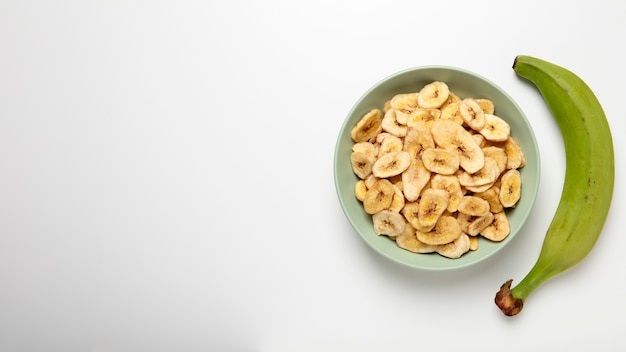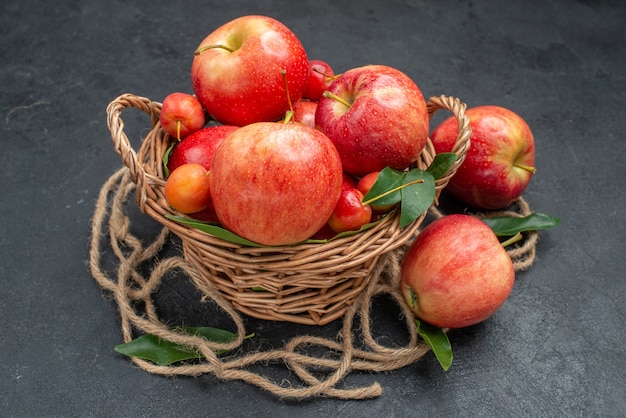Breast self-examinations are an important tool for spotting breast cancer early. By regularly checking your own breasts, you can get to know what they normally look and feel like, which helps you notice any unusual changes.
When you check your breasts regularly, you get to know what’s normal for you, so you can quickly notice any changes. One common sign of a potential issue is finding a lump, which is usually painless but can be felt or even seen. It’s also important to watch for changes in your nipples, like if they retract, stick out more, or start releasing fluid. Keep an eye on any skin changes, especially if they affect only one breast. Regular checks let you keep tabs on your breast tissue and notice any new hard spots that weren’t there before.
Breast cancer is the most common cancer among women. It happens when some breast cells grow uncontrollably and abnormally, forming a tumor. These tumors can be either benign (like fibroadenomas or cysts) or malignant (carcinomas), which are dangerous because they can spread to nearby tissues or other parts of the body. Early detection is possible with widespread mammography screenings and regular check-ups based on your age and personal history. Treatment and recovery depend on how advanced the cancer is and its biological characteristics at diagnosis.
Starting at age 20, you should check your breasts once a month, ideally one week after your menstrual cycle ends since your breasts undergo hormonal changes every month. If you’re pregnant or in menopause, the timing is less critical, but any skin changes, fluid from the nipple, or changes in breast shape should be discussed with a doctor.
A self-examination has two parts: observation and palpation. During observation, check for irregularities in shape, skin color changes, cracked nipples, or dimples. During palpation, use the inner part of three joined fingertips to feel your breast in small circular motions, checking each quadrant.
During your self-check, note any changes in the size and shape of your breasts, lumps, fluid from the nipples, or skin surface changes like dimples or wrinkles. Watch for nipple changes, skin rashes, or unexplained pain.
Remember, a self-examination doesn’t replace professional exams or tests like mammograms and ultrasounds. However, they can help catch cancer early, reducing the risk of catching it at an advanced stage. If you notice anything unusual, see a healthcare professional right away.







